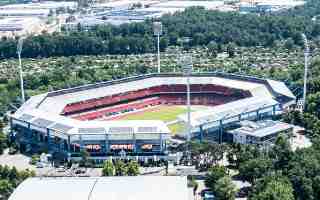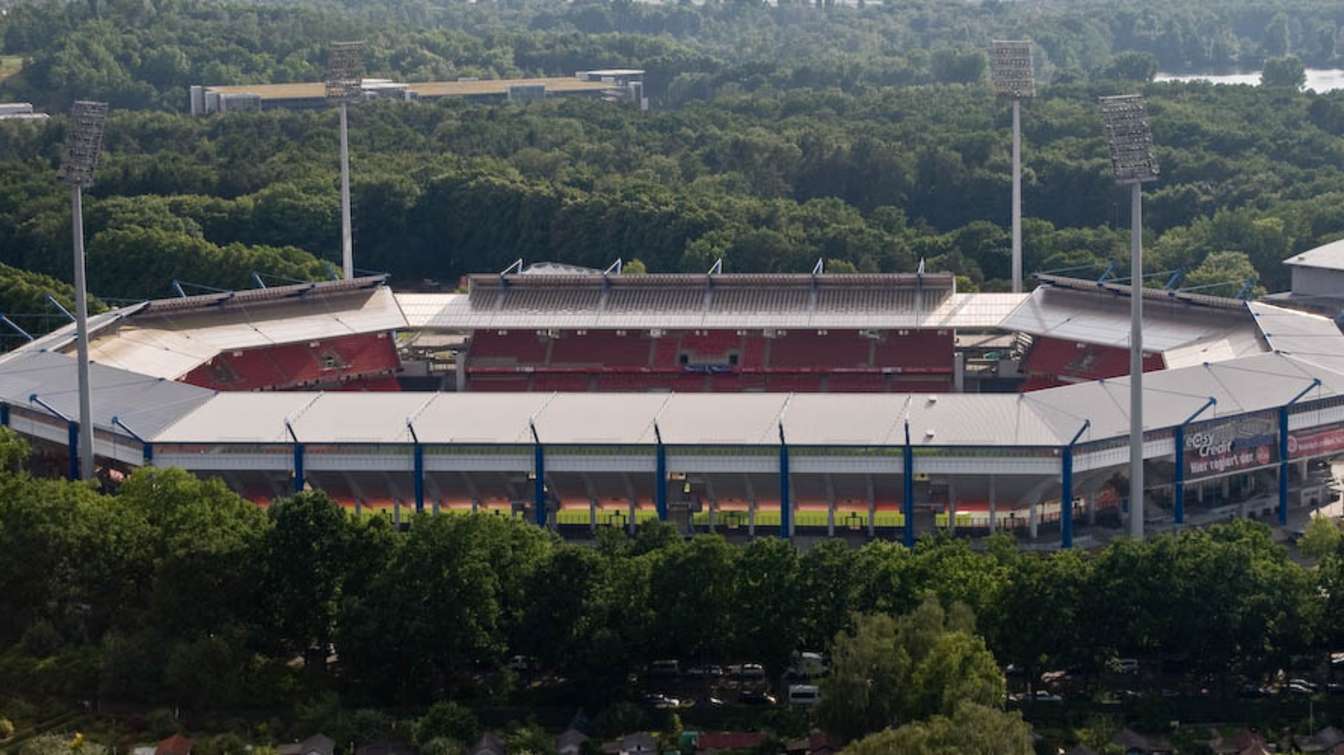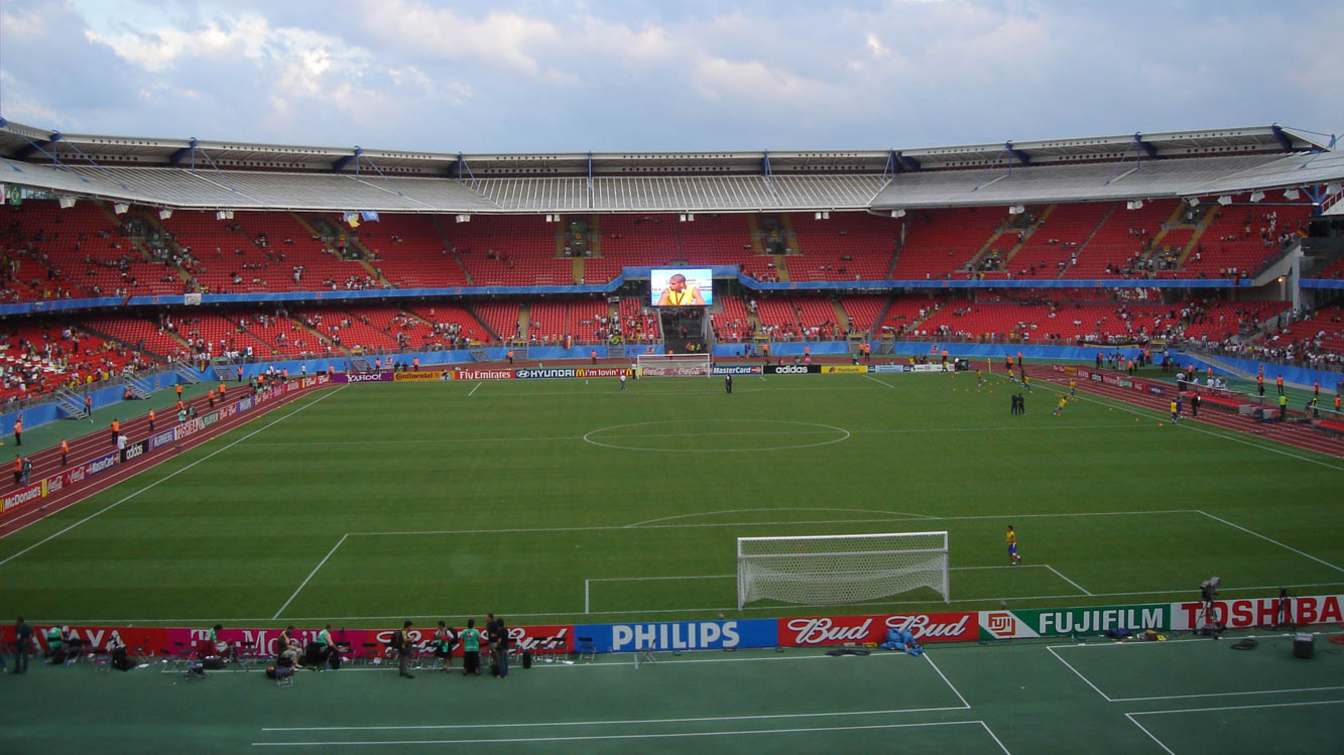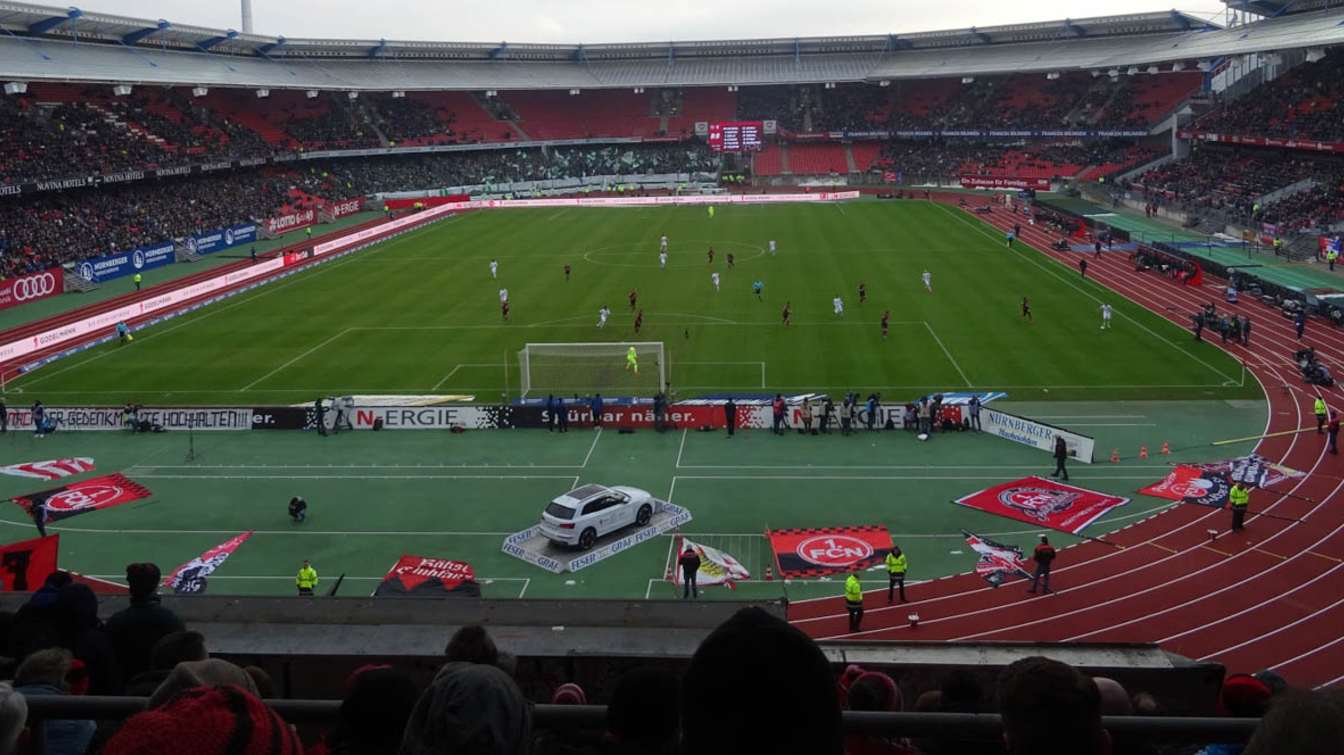Germany: Nuremberg must slim down Max-Morlock Stadion redevelopment
source: StadiumDB.com; author: Jakub Ducki
 Plans for the new stadium in Nuremberg have reached an impasse. An audit report revealed that the budget is €100 million short, calling the original financial assumptions into question.
Plans for the new stadium in Nuremberg have reached an impasse. An audit report revealed that the budget is €100 million short, calling the original financial assumptions into question.
Advertisement
Shocking figures and need for change
It was initially estimated that Max-Morlock-Stadion could be built with subsidies, loans and contributions from the club and the city of 30 million euros each. However, new calculations by EY have shown that the annual revenue from the stadium's operations will be around 10 million € lower than expected, which over a period of ten years generates a huge financial gap. This discovery caused astonishment both in the town hall and among the club's management.
You usually make up the facts and then make them public
Mayor Christian Vogel commented on the situation, expressing his disappointment at the way the information was revealed. Nevertheless, the city and the club do not intend to give up on the project. However, a major downsizing is planned.
Stadium without luxury extras
The original plans included the construction of a modern sports complex including a football stadium, a hotel, a conference centre and an underground car park. However, due to financial difficulties, it was decided to radically simplify the project. As Vogel emphasised, it is necessary to downsize
the plans, which means, among other things, abandoning the additional infrastructure and focusing exclusively on the sports facility itself.
The land of cuckoos in the clouds has been cancelled
said the mayor, emphasising that the goal now is to create an economically viable structure. The Nuremberg City Council has also introduced a strict budget limit that cannot be exceeded.
It is not yet clear what the new stadium will ultimately look like. The city council is planning to model the stadium on other modern Bundesliga stadiums, while also adapting the design to the limited financial possibilities. What is certain, however, is that the stadium's capacity will change – the current number of seats was expected to be between 40,000 and 50,000, but the final decision will depend on the results of analyses and consultations.
The CSU and SPD city councillors, who together form the majority in Nuremberg City Hall, have announced that decisions on the final design of the stadium will be made within the next six months.
Who will pay for stadium?
Financing the project remains one of the key issues. The city and the club are still planning to contribute 30 million euros each, but other sources of financing are still uncertain. Grants and ticket sales were supposed to fill the gap, but this solution is insufficient based on current revenue forecasts.
1. FC Nürnberg is therefore considering other options, including introducing an additional charge to the ticket price - the so-called stadium penny,
which would provide an additional source of funding for the project. This idea is still at the analysis stage, but if it is implemented, the club's fans will have to reckon with higher ticket costs.
Can city afford new stadium?
There are also sceptics who question the entire project. They point out that the city is already struggling with many other costly investments, such as the construction of a new opera house, the modernisation of schools and the development of the transport infrastructure.
We want the club to be successful, but the construction of the stadium should not be at the expense of other projects such as schools, kindergartens, transport infrastructure and climate protection
emphasised Nasser Ahmed, SPD sports policy spokesman.
Advertisement

 StadiumDB
StadiumDB

